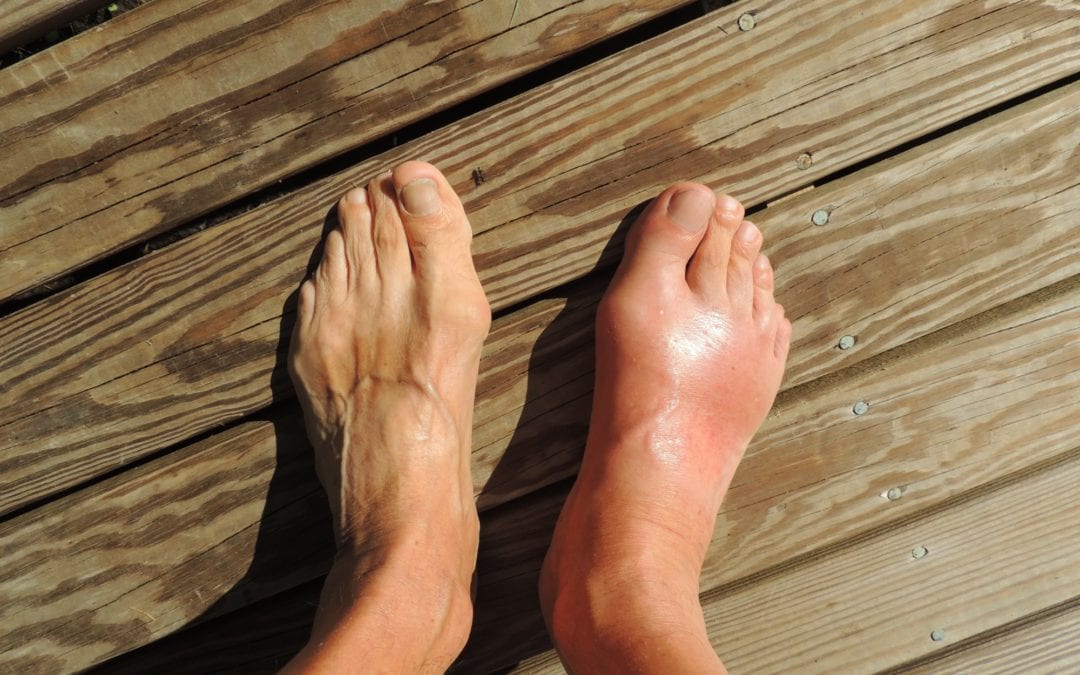Are you involved with any sports? Perhaps you play volleyball? Well, keep it up!
If anything, it’s a great way to develop your speed, balance, and flexibility. Not to mention that it also reduces stress!
You just have to be careful of one thing—injuries. After all, accidents happen. Take ankle sprains, for example—they’re the most common injury in the sport! Knee injuries are common as well.
Did you recently hurt your ankle? Want to know how you can manage a lateral ankle sprain? If so, you’re on the right page. Keep reading to learn more!
What is a Lateral Ankle Sprain?
A sprained ankle occurs when you overstretch the ligaments surrounding the bone. Depending on how you twisted or turned your foot, they can either stretch or tear.
The word “lateral” refers to the type of ankle sprain—that is, it affects the lateral side of the foot. To be more specific, it happens when the foot rolls inwards; this causes damage to the ligaments of the outer ankle.
Symptoms of an Ankle Sprain
Ankle sprains can lead to a variety of symptoms. For example, there might be swelling, bruising, tenderness, pain, or stiffness. In some cases, you might not be able to put any weight on the foot.
Consider calling a doctor if you suspect that you have a sprain—they will be able to determine whether it’s actually a sprain or if it’s a different type of injury.
Treating an Ankle Sprain
There are a few things that you can do to treat your sprain. First and foremost, you want to apply ice to the area—that will help to reduce swelling. Repeat every two to three hours for 15 to 20 minutes at a time.
Similarly, you can reduce swelling by elevating your foot. For example, you can prop it up with a few pillows.
Avoid putting weight on the injured ankle during the recovery process. If necessary, use crutches. Over-the-counter painkillers are also an option if pain is an issue.
Preventing Ankle Sprains
Ankle sprains are preventable. For one thing, it’s a good idea to warm up before you exercise—that’ll lower your risk of injury.
For those who’ve injured their ankle previously, consider wearing a support brace. You can also wrap an elastic bandage over the area.
Last but not least, make sure that you’re wearing proper shoes. It’s also important to pay attention to the surface that you’re walking on—you never know when there might be uneven ground!
Potential Complications
Failing to treat a sprained ankle can result in complications. For example, it can lead to chronic ankle pain. In some cases, it can even cause arthritis!
For this reason, it’s important to stay off your ankle while it heals. The last thing that you want to do is to engage in activities too soon!
Managing an Ankle Sprain
Hopefully, that gives you a better understanding of what a lateral ankle sprain is and how to treat it. If anything, you want to let it heal properly before resuming your activities!
Looking for a physical therapist in the Tampa area? Feel free to contact us to set up an appointment!

